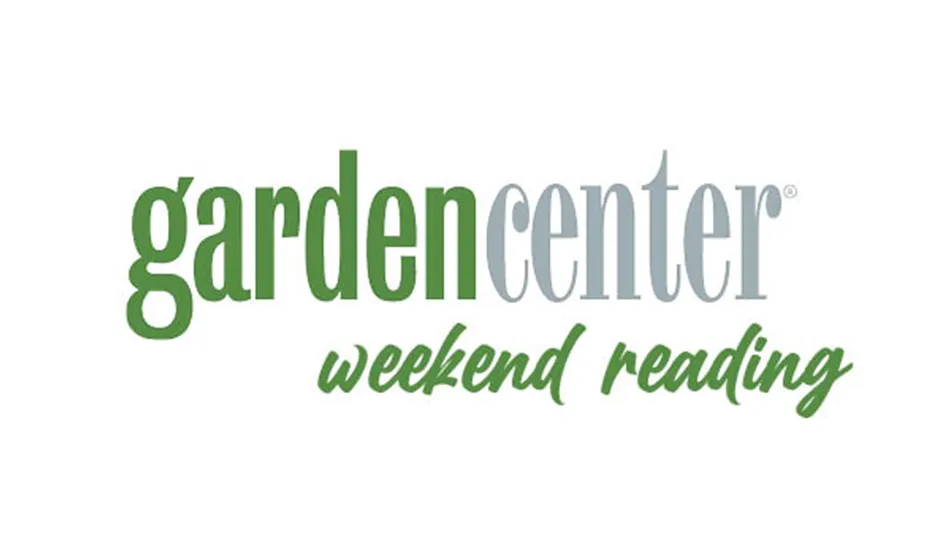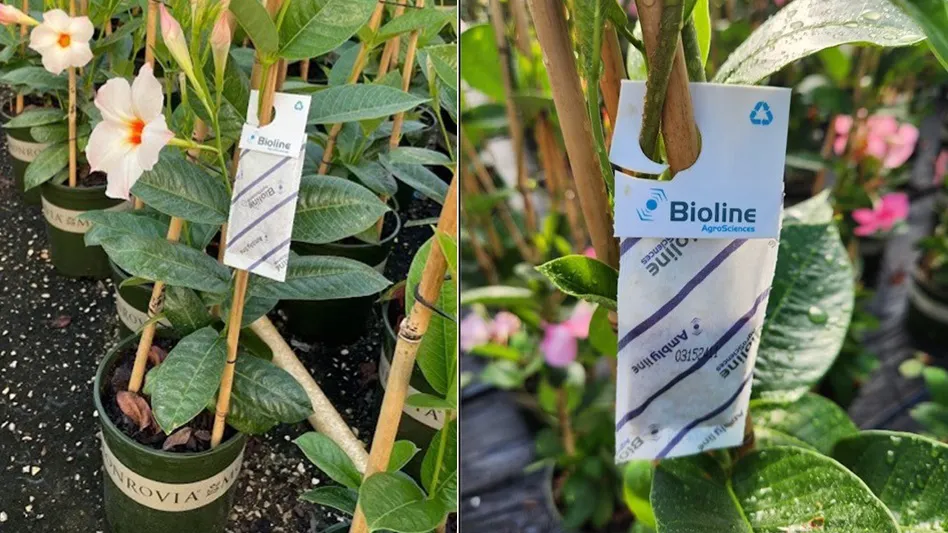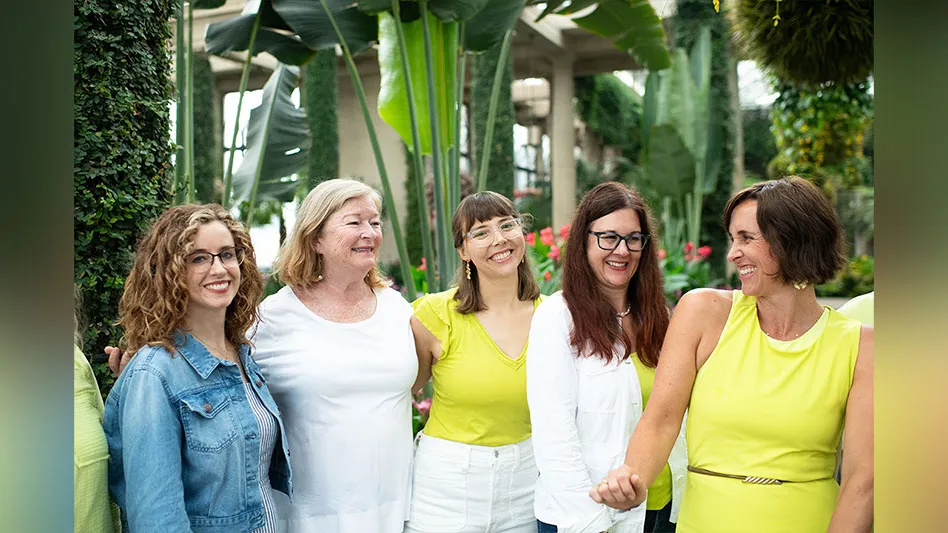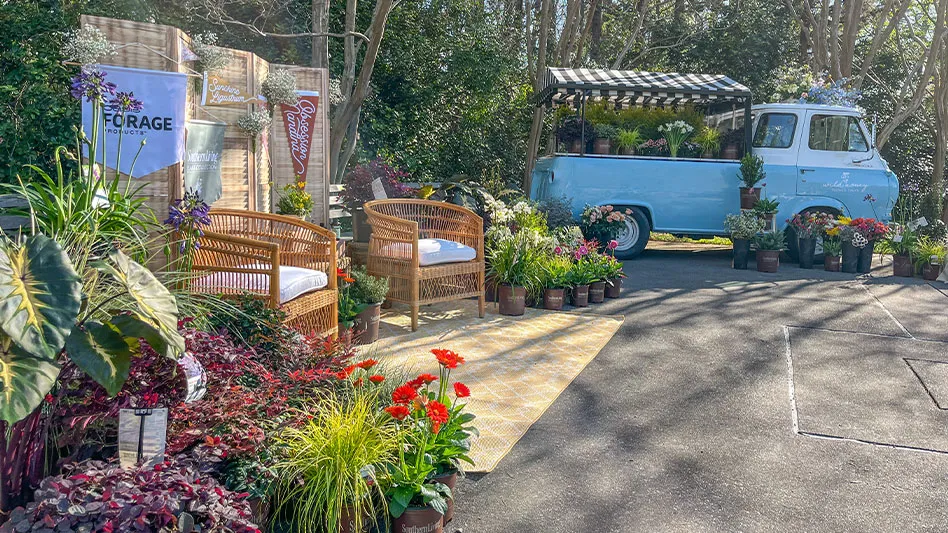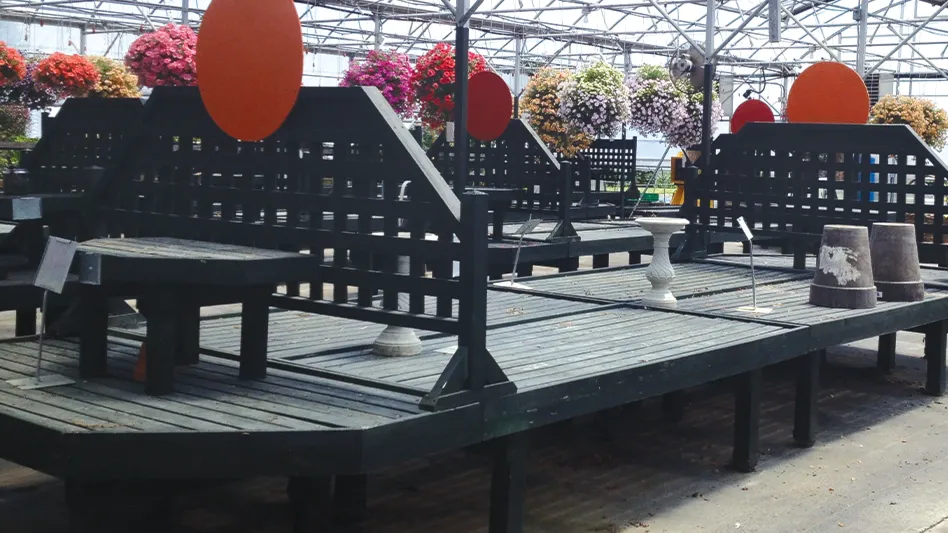

Merchandising is most often thought of as the presentation of products in a retail setting. Taken broadly, merchandising could include all of these elements in a store: exterior, interior layout, interior décor and product displays.
Let’s look at each of these elements and how they impact your garden center.
Store exterior: This is your invitation to the customer to pull in your driveway. It consists of both traditional signage and plantings that are more big-color signage than landscaping. Remember, grasses are beautiful, but nobody ever slammed on the breaks for a clump of grass.
Store layout: This is what allows the customer to access the entire store via a wide runway aisle complimented with visible signage. Enticement and slowdown displays alternately pull the customer deeper into the store and stop them in their tracks. Clear site lines provide whole store visibility as the customer moves through the space.
Store interior: This is a visual indicator of price expectations. A cluttered and cramped store creates a “flea market” atmosphere with similar pricing expectations. Throw in a few weeds and you’ve completed the impression. A clean (read: concrete), well-lit and accessible shopping space creates an upscale boutique environment with similar pricing expectations.
Product displays are perhaps the most important element of merchandising and the one most merchandising effort focusses on. Here is where the dual concepts of organized abundance plus access make for higher sales.
Color-coded
I have been schooled by Mike Berns at Berns Garden Center in Middletown, Ohio, since I first visited his store right after it opened in the mid-‘90s. I received valuable lessons in layout, inventory management and efficiency. One of the most important lessons, however, is about merchandising. Mike’s theory is simple: selling live plants is like selling fresh fruit. You sell more oranges from a display filled with the freshest, “most orange” oranges arranged within easy customer reach. Same with petunias — you sell more pink petunias from a display filled with the pinkest petunias within easy reach. Abundance plus access.

At the store level, that concept plays out in bold color displays utilizing end caps and vertical merchandising to your advantage. When benches are organized as islands to place a succession of end caps along the main aisle, those end caps can then be filled with a single-color display that is easy to see and shop.
The island consists of two end caps and a connecting bench, all organized in color swaths that reach from one side to the other. The bench height is 24 feet and the maximum customer reach is 4 feet. That means all islands are no more than 8 feet wide. The island should be a maximum of 8, 16 or 24 feet in length, allowing the customer a 6-foot aisle all the way around the island.
Product placement
Many stores attempt to create end cap “gardens” — a blend of plants that a staff member thinks goes well together. First, this effort is incredibly time-consuming and unpredictable. An end cap should be reserved for high-dollar items. Sometimes, a staff member thinks marigolds look great as a component. This kind of “garden” simulation is best limited to a few environmental settings that utilize multiple products — garden furniture, décor and live plants — to create the kind of “garden” your customer might envision for her patio, porch, mailbox or entryway. This is a great place to show off pre-planted containers, window boxes and hanging baskets.
With the growing popularity of houseplants, an environmental setting showing how houseplants enliven a small interior space can be very effective and can often be created in a small, covered area. You might even turn your bathroom into a houseplant display. Short of an actual setting, there is now an abundance of point-of-purchase materials that illustrate houseplants in their various environments. To make either an environmental setting or POP work, the plants available for sale must be directly adjacent to the display. Once again, abundance and access.
In his book “Why We Buy,” Paco Underhill defines the main purpose of a store as customer-merchandise contact. That concept is what drives Pottery Barn to display those stacks of wine glasses even with the potential for disaster. If the customer can see lots of product, and easily put their hands on that product, the store has done its job.
Anything that prevents that — narrow aisles, unreachable hanging baskets, empty benches, clutter — only creates situations where staff must work harder to compensate for the store’s failure to do that job.
End caps and vertical merchandising




Explore the January 2023 Issue
Check out more from this issue and find you next story to read.
Latest from Garden Center
- Weekend Reading 5/17/24
- GardenComm 2024 Annual Conference registration is open
- Landmark Plastic celebrates 40 years
- Proven Winners introduces more than 100 new varieties for 2025
- Weekend Reading 5/10/24
- The Family Business, Part 2: Agreeing (and disagreeing) on capital investments
- Registration opens for Darwin Perennials Day
- Weekend Reading 5/3/24
